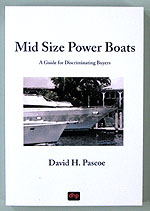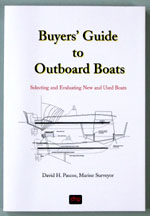| From
Article
Illustration of Water Absorption From a Hull InteriorMany Water Saturated Hulls Don't BlisterPhotos by David H. Pascoe, Marine Surveyor
Go to Article
First Posted in 1997 at David Pascoe's site www.yachtsurvey.com. Post: June 16, 1998 , Last reviewed 11/28/98 |
PHOTO
LIBRARY
last updated
Articles, Images - Copyright ©1996-2018 David H. Pascoe All Right Reserved.
Web Site Design - Copyright ©1996-2018 D. H. Pascoe & Co., Inc. All Rights Reserved.
Destin, Florida
Web Site Design - Copyright ©1996-2018 D. H. Pascoe & Co., Inc. All Rights Reserved.
Destin, Florida







